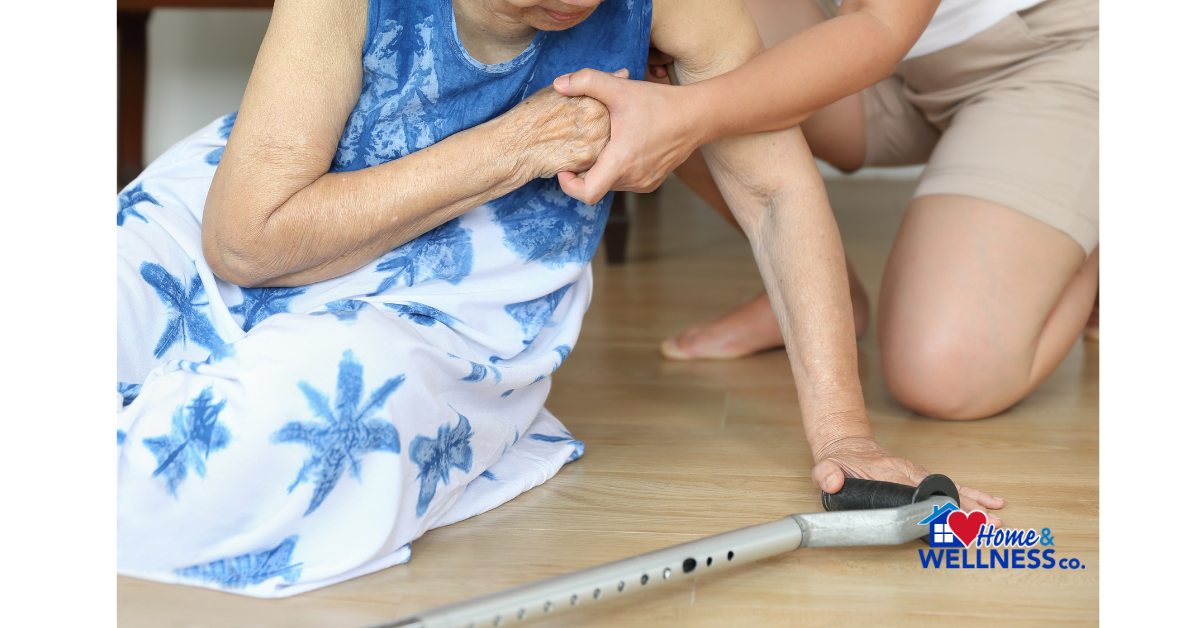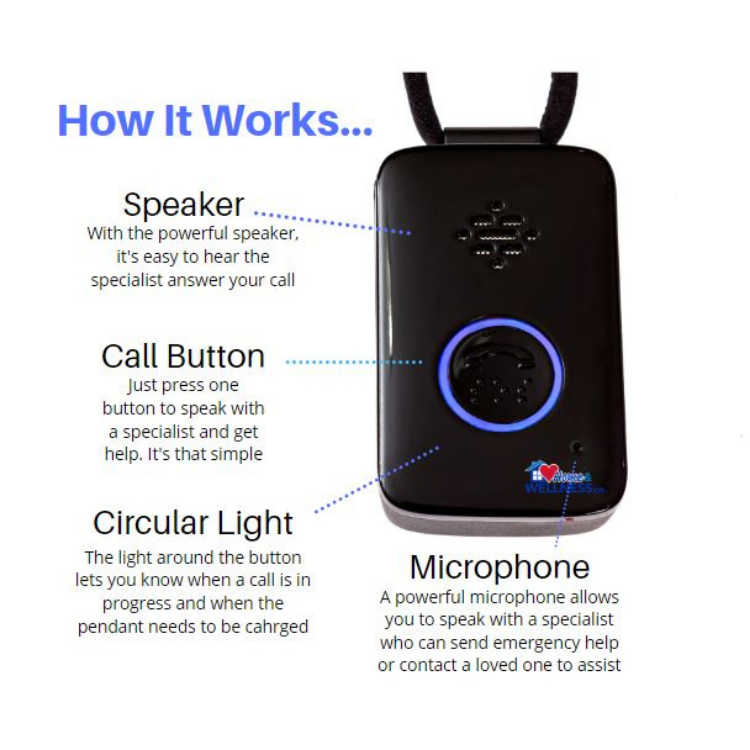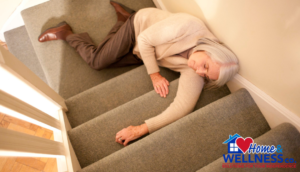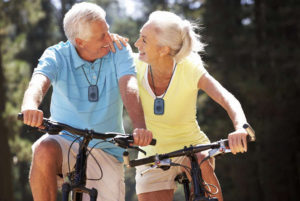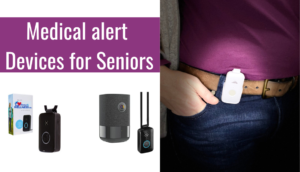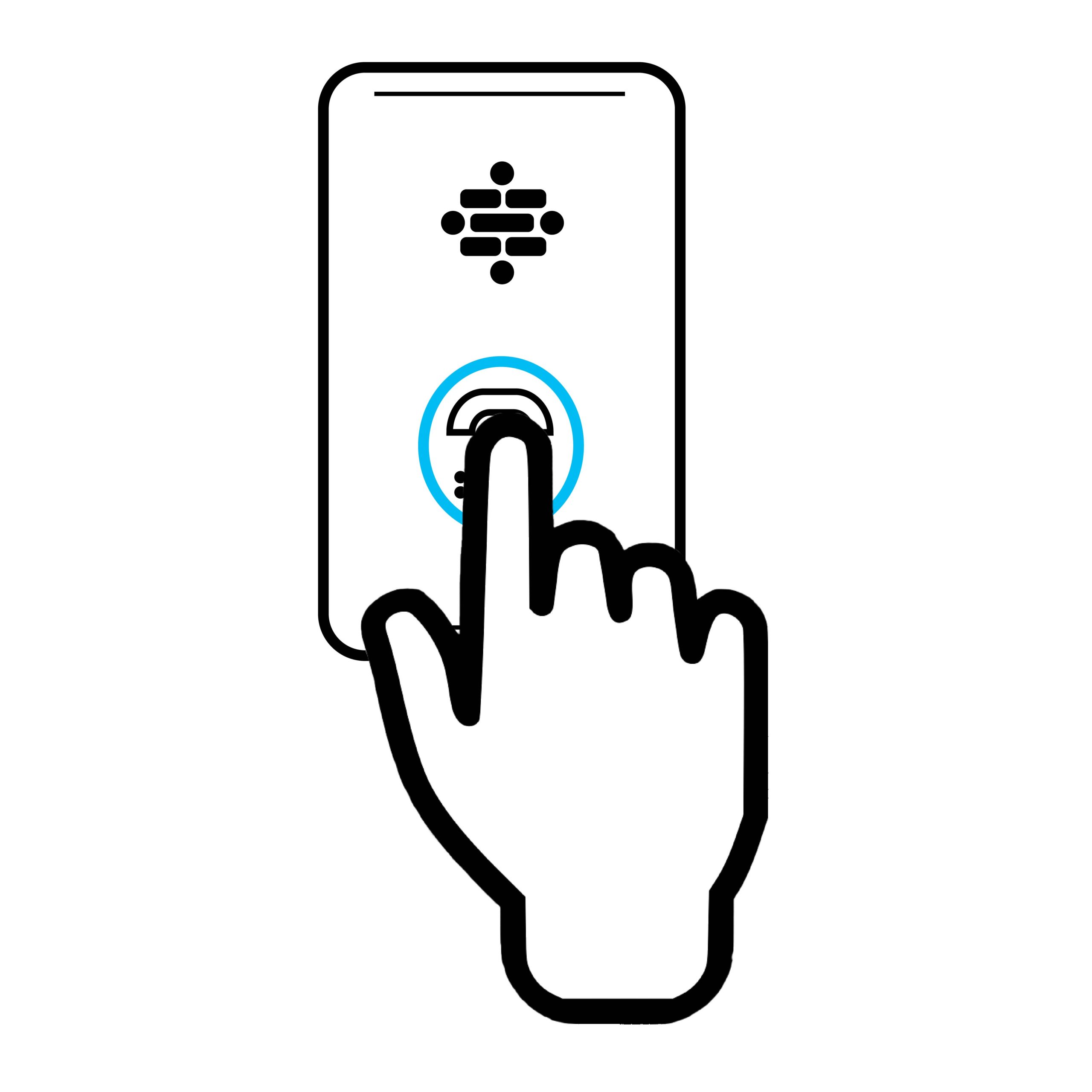When children fall, they usually bounce back up again in a minute, no harm done but a scrape or bruise. Results from the same fall of an elderly person can have very different results. With each passing year, the risks and consequences of falls for the elderly become much more serious and taking precautions can help avoid injury.
Let’s dig deeper into what these implications can mean for you and your elderly loved ones.
Elderly Falls and The Causes
Aging seniors lose muscle mass and strength, making it difficult for them to recover from wobbles and to maintain balance. Another reason for frequent falls in the elderly is the decreased sensitivity of nerves in the feet or dullness of senses due to medication. Hearing and vision impairment makes seniors less aware of their surroundings and potential hazards. Osteoporosis is another reason why aging individuals’ bones become brittle and porous, causing them to lose their balance very quickly.
Unforeseen Consequences
While there is no exact figure determining the number of seniors who fall, an estimated 36 million seniors fall each year. CDC also reveals that falls are the leading cause of injury among people over 65.
Data from the CDC reveal:
- Every year, nearly three million seniors receive treatment for hip injuries from falls
- Approximately 20% of falls lead to broken bones, head injuries, and other severe damage
- Accidental tumbling leads to hip or knee fractures in thousands of individuals
Statistics fail to portray an accurate picture because seniors often don’t tell anyone when they fall. Even if a fall did not lead to physical injury, the long-term effects of a non-fatal fall could be devastating for their sense of pride and independence. If someone knows they fell, they might question their ability to maintain safety, therefore remaining silent about a fall.
According to an article published in the International Journal of General Medicine, nearly 70% of seniors fear falling again after experiencing their first fall. Consequently, half of seniors will reduce their physical activity because they’re afraid of a worse consequential fall. The inactivity will lead to a host of other problems, both emotional and physical. Feelings of helplessness, loneliness, and being home bound can quickly cause a senior’s health to decline.
Ultimately, statistics reveal that 20 to 30% of seniors die within a year after a hip fracture. Although their hip injury may not be the direct cause of their death, inactivity leads to adverse effects, leading to death.
What Can We Do?
If you have multiple medical issues, there are options available for help on demand. While your cell phone is an excellent tool for helping you keep in touch with your loved ones in case of an emergency, you can’t rely on this device entirely. For instance, if your phone battery is dying or it’s out of reach in the other room, you will not be able to call for help in case of a fall and serious injury.
For that reason, having a medical alert device such as a Senior Safety Pendant is the best way to guarantee complete peace of mind for you and your family. The lightweight emergency pendant is easy to carry and easily fits your pocket, wrist, or even your belt clip. Some seniors wear the pendant like a necklace to quickly push the buttons when they fall and need help.
All you have to do is press the button to communicate your needs to an efficient monitoring center, which promptly contacts your emergency service or family member to assist you.
Final Thoughts
While we cannot prevent elderly falls completely, we can reduce their impact. A medical alert device like Belle+ comes with built-in two-way communication and GPS, and fall detection. If you want to know more about this fantastic device, visit www.HomeandWellness.com or call (888) 851-4291 to talk about getting this stress relieving device and service for your loved ones.

